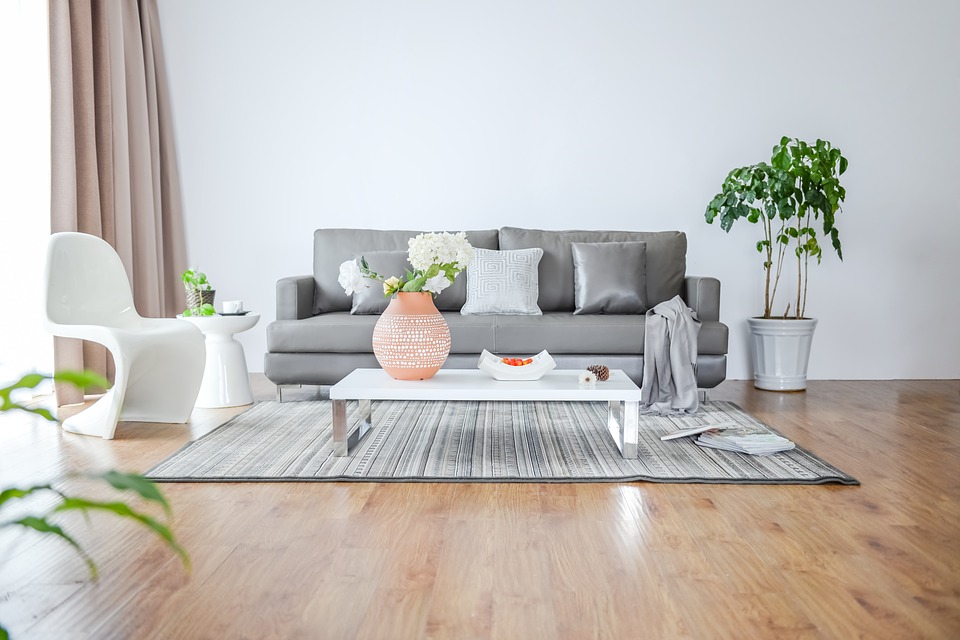
According to the 2017 State of Global Air report, air pollution is responsible for over 4 million early deaths worldwide. With 92% of the global population living in areas with unhealthy air, outdoor air pollution should certainly be top on the priority list for our leaders. As environmentalists, it is easy to feel powerless and get disheartened in the face of such a huge problem. However, there is a part of the environment we do have control over: the air in our own homes.
Here are some eco-friendly ways to keep you and your family safe from the dangers of indoor air pollution and help the environment at the same time.
Know the facts: indoor air pollution
Environmental organizations and eco-conscious businesses are trying to raise awareness about that fact that the air inside your home could be two to five times more polluted than the air outside. Even among environmentalists, this is a little known fact, so the first step is to educate yourself and those around you about indoor air pollution and its dangers.
Declare your home a smoke free zone
Studies consistently show smoking as a serious indoor air pollutant. You should never let anyone smoke indoors, even with the windows open, as ventilation cannot eliminate secondhand smoke. Declaring one room a ‘smoking room’ will not help either as secondhand smoke can move between rooms. Be firm with your boundaries and make your home a smoke free zone.
Fight back against mold and dampness
Very often going hand in hand in the home, mold and dampness cause respiratory problems. Water is the issue here, so fight back by keeping humidity at less than 50%, using a dehumidifier when needed. Keep your home well ventilated and regularly clean areas which are prone to mould.
Be aware of cleaning products
Cleaning is an important part of life, but be mindful about what is in your cleaning products and where you store them. Some products release volatile organic compounds, which have long and short term health effects. Other dangerous ingredients include ammonia and bleach. Always read the label and do not presume that something is safe just because it is labeled ‘green.’ The U.S environmental agency has a list of products that meet its Safer Choice standards, so if you buy from these you know you are in good hands.
Let smells guide you
Some air fresheners omit volatile organic compounds too, so it is best to avoid using them. In addition, a bad smell in your home may indicate the presence of another cause of indoor pollution and if you cover it up with air freshener you won’t know. For example, cockroaches and dust mites can be another source of air pollution, so try to rid your home of these as well.
Indoor air pollution is a cause for concern, but by picking up some good habits and staying informed we can do a lot to keep ourselves and our families healthy. In turn, reducing the air pollution in our homes will reduce the overall air pollution and we can help take care of our environment together.
Written by Sally Collins
About the Author
 Sally Collins is a professional freelance writer with many years of experience across many different areas. She made the move to freelancing from a stressful corporate job and loves the work-life balance it offers her. When not at work, Sally enjoys reading, hiking, spending time with her family and travelling as much as possible.
Sally Collins is a professional freelance writer with many years of experience across many different areas. She made the move to freelancing from a stressful corporate job and loves the work-life balance it offers her. When not at work, Sally enjoys reading, hiking, spending time with her family and travelling as much as possible.
You may also like
Winter on the Horizon: Keeping Your House Warm the Eco-Friendly Way
A Guide To Houseplants and Their Health Benefits
These Are The Most Common Sources of Indoor Air Pollution
Everything You Need to Know about Indoor Air Pollution
The Ultimate Houseplant Cheat Sheet
A Guide To Choosing Best Plants to Improve Office Environment
